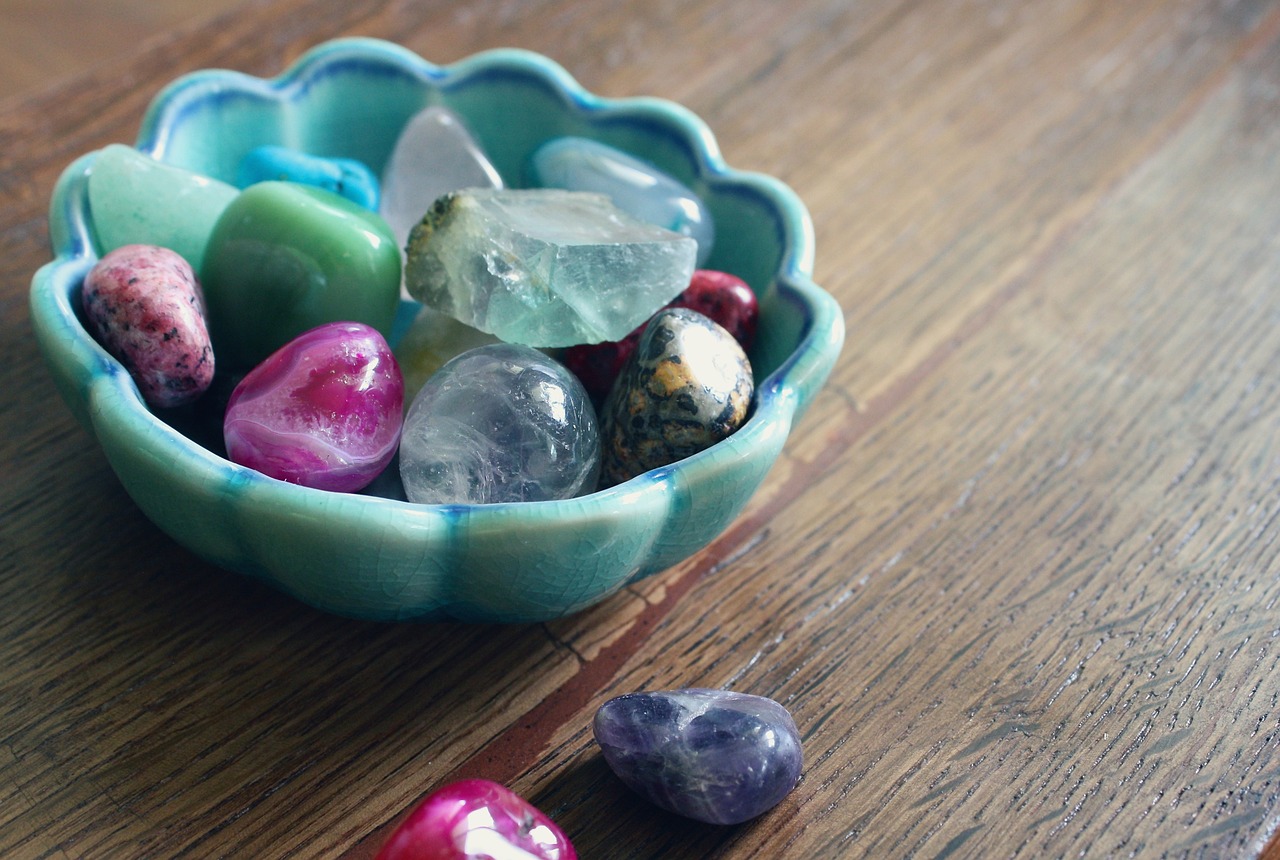
Pre-reading questions:
I will read each question. Then, please answer them.
- What accessories do you like wearing?
- What was the most expensive accessory you bought?
Vocabulary:
I will read the words, meanings, and sample sentences. Then, repeat after me.
- unique /yoo-NEEK/
- ancestral /an-SES-truhl/
- diplomat /DIP-luh-mat/
- jeweler /JOO-uh-ler/
- ultimate /UHL-tuh-mit/
[adjective] – something that is unique, is unusual, or the only one of its type
She has a unique way of singing on stage.
[adjective] – relating to members of your family from the past
My grandmother refused to sell our ancestral house.
[noun] – an official whose job is to represent one country in another, and who usually works in an embassy
My dad is a diplomat, so he mostly works abroad.
[noun] – a person who sells and sometimes repairs jewelry and watches
My watch is broken. Let’s go see the jeweler.
[adjective] – the best, most, or greatest of its kind
He thinks writing is the ultimate form of art.
Article reading:
Please read the whole article. Then, I will check your pronunciation and intonation.
Do you think gems have unique meanings? From the Ancient Greeks to the Aboriginals, legends about jewels have been passed down over the years. Take Ancient Greece, for example. Amethysts were thought to have come from the tears of the Greek god Dionysus, while onyx came from Venus’ fingernails. Meanwhile, for the Aboriginals of southern Australia, opals were formed when their ancestral God fell to Earth in a rainbow. But what is the significance behind these legends?
Diplomats, merchants, and even lovers have all taken advantage of gemstones’ “magical” properties. Various gemstones have different values. Moonstones, for example, are thought to be means of communication with the gods. Diamonds have love and health-giving properties, but can be used as poison as well. The nobility use pearl as a symbol of their power and authority. According to Pliny the Elder, a Roman philosopher and author, Cleopatra dissolved an invaluable pearl in vinegar to impress Marc Anthony. In recent years, interests in gemstones and jewerly have increasingly become more “personal.” Vicki Ambery-Smith, an English jeweler, once created a ring to celebrate one of her clients’ 10th wedding anniversary. The ring was inspired by her customer’s wedding venue, her house, and even her car. In Roman times, recycling heirlooms was common. In fact, English General Oliver Cromwell had the late King Charles I’s crown jewels be recycled into coins with the words “Commonwealth of England.”
Jewelry has been the “ultimate in recycling,” according to London jeweler Esther Eyre. She says that it’s “an interesting conjecture that particles of the gold in modern pieces may have been worn by the Ancient Egyptians.” Jewelry may be simple “accessories,” but for some and even our ancestors, they hold meaning so much more than that.
Diplomats, merchants, and even lovers have all taken advantage of gemstones’ “magical” properties. Various gemstones have different values. Moonstones, for example, are thought to be means of communication with the gods. Diamonds have love and health-giving properties, but can be used as poison as well. The nobility use pearl as a symbol of their power and authority. According to Pliny the Elder, a Roman philosopher and author, Cleopatra dissolved an invaluable pearl in vinegar to impress Marc Anthony. In recent years, interests in gemstones and jewerly have increasingly become more “personal.” Vicki Ambery-Smith, an English jeweler, once created a ring to celebrate one of her clients’ 10th wedding anniversary. The ring was inspired by her customer’s wedding venue, her house, and even her car. In Roman times, recycling heirlooms was common. In fact, English General Oliver Cromwell had the late King Charles I’s crown jewels be recycled into coins with the words “Commonwealth of England.”
Jewelry has been the “ultimate in recycling,” according to London jeweler Esther Eyre. She says that it’s “an interesting conjecture that particles of the gold in modern pieces may have been worn by the Ancient Egyptians.” Jewelry may be simple “accessories,” but for some and even our ancestors, they hold meaning so much more than that.
Comprehension questions
I will read each question. Then, please answer them based on the article.
- According to early people in Ancient Greece, where did amethysts come from?
- Which gemstone is believed to be a way to communicate with the gods?
- According to Pliny the Elder, what did Cleopatra do to impress Marc Anthony?
- What did English General Cromwell do to the late King Charles I’s crown jewels?
- What did Eyre say about recycling jewelry?
Discussion questions
I will read each question. Then, please answer them.
- Do you think it is acceptable to recycle gemstones and jewelry? Why or why not?
- In your opinion, did gemstones become more personal because they already lost their true value? Please explain your answer.
- Which gemstone would you like to have and why?
- Do people in your country buy gemstones because of their appearance or symbolism? Please tell me more about it.
- What accessories are acceptable to wear in your country based on events (like birthdays, funerals, etc.)?